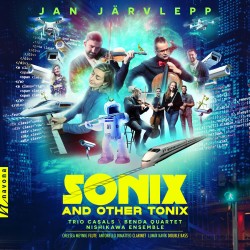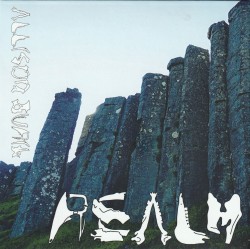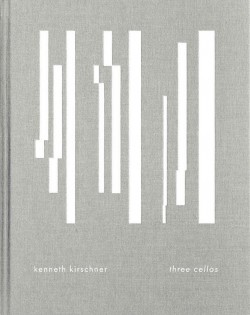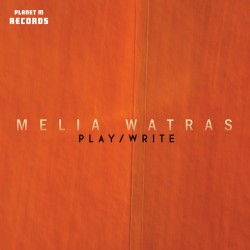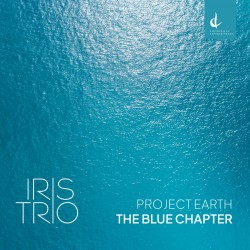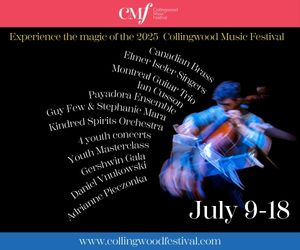MC Maguire: Dystophilia - MC Maguire Orchestra/CPU
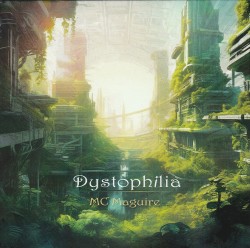 MC Maguire – Dystophilia
MC Maguire – Dystophilia
MC Maguire Orchestra/CPU
Neuma 190 (neumarecords.org)
The other day when I heard my neighbour’s pounding bass (something pop, disco or otherwise annoying) I responded by turning Dystophilia, M.C. Maguire’s new release, up to 11; the battle ended soon after. He offers sound-pressure supremacy that out-cools whatever tired torch song or clichéd show tune my neighbour enjoys. As a pacifist I don’t relish these battles, and only engage when the next-door volume is too high for my peaceful soul, but Maguire’s Yummy World (track one, followed by Another Lucid Dream) provides sonic delight as well as firepower. That said, I caution against the all-out assault: this is rich and textured music, so while high-volume might be your thing, you’ll possibly miss some of the depths if you indulge in your kink too much. You do you, though, no judgement.
Gone are the days, I think, when record executives would target sound thieves in their war on audio crime (aka creativity). There’s just way too much borrowing or sampling today. They all make a mint on streaming platforms, anyway, enjoying profits from the Justin Biebers of the industry. How can they prevent Robin Hoodlums like Maguire from using a tune like Yummy to generate the mind-blowing soundscape presented here? Do I hear the Beebs? Arguable. What I definitely hear is pop-mageddon, a kind of hyper-layered riff on every aspect of the aesthetic.
One reviewer references (or steals, I think) John Oswald’s term “plunderphonics;” Oswald got in trouble with another Michael, the late King of pop. I’d be disappointed to learn either that Maguire had received warning shots across his bow, or worse, had bowed to the power of Big Music’s money managers and received permission to extrapolate the stuff he uses/sends up/improves. Anyway, the result is exciting, even if not used in battle.


